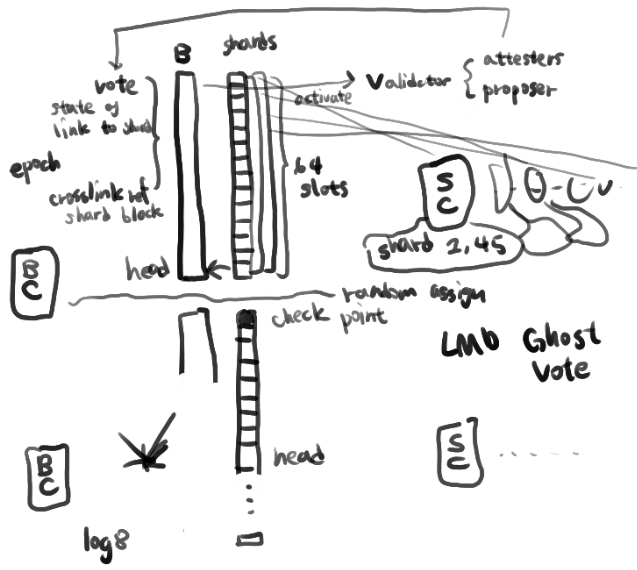https://openprocessing.org/sketch/1476045

Let me introduce to you the greatest invention in the century: distributed time. Have you ever experienced inaccurate time displays when you just got off the airplane from another time zone? Do you know that the time display on your phone, laptop, or even on the wall can be manipulated maliciously by a third party and therefore would cause you to miss a meeting or make your code crash? Take a step further, do you really trust that the location of the sun and the moon is not controlled by an alien civilization (since all physical processes are turning complete and can be simulated) It is the “time” to solve all these problems! Distributed Time Project is a project to enable global time consensus based on distributed blockchain technology. It provides you with the most accurate time regardless of your location on earth (as long as it is on earth, negligible space-time dilation). You can literally speed up the time if you wish to make your meeting earlier in the day (how convenient that is), but of course, that comes with a cost. This is just one application. The other important thing about Distributed Time Project is its convenience for space travel. If you are at Alpha Centauri, it is painful and unmeaningful and stupid for you to keep earth time. It will be more annoying to find out time un-sync if you are a delivery person who doesn’t want to make Amazon delivery late. Put it simply: the current time tracking consensus breakdown during space travel. Also, if Twitter wants to serve both people on earth and on the planets of Alpha Centauri, it is more intuitive for the server to display posts’ Distributed Time relative to the poster rather than the time of either planet or time of the server since distributed servers are on different location of the Universe. For centuries, time was governed by the sun and the moon. In Distributed Time Project, we believe that time is created by the people and for the people.
It is made simply, designed for color blindness as the color can be read in grayscale. It strikes for simplicity design while carrying an artistic taste. The browser queries a blockchain node for the current block time. Because blocktime, although in consensus, is not linear with respect to the time of nature, the graphical interface needs to be responsive about predicting when the next block will be mined.
This project is focused more on the conceptual aspect. It would be best if you can view it on a spaceship of some sort that can travel fast enough to experience time dilution.

I did not have a chance to finish the project as I originally projected. This is a cut-down version as I did not implement a full eth2 node based on PoS. If I did that, the clock will look more interesting as eth2 introduced heartbeat and sharding mechanisms. I spend about 15 hours on the project and this might be considered the most unsuccessful part of the project.


